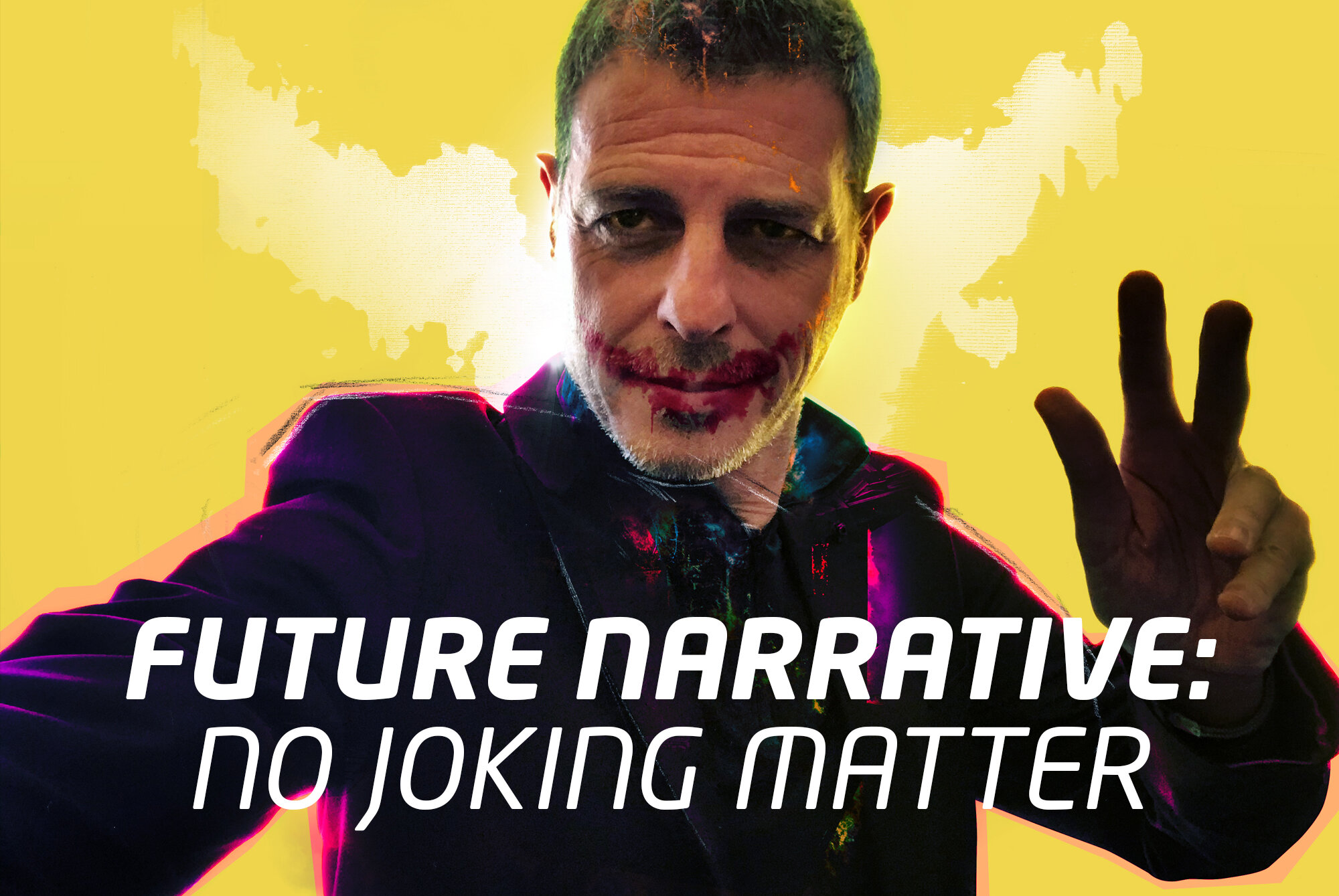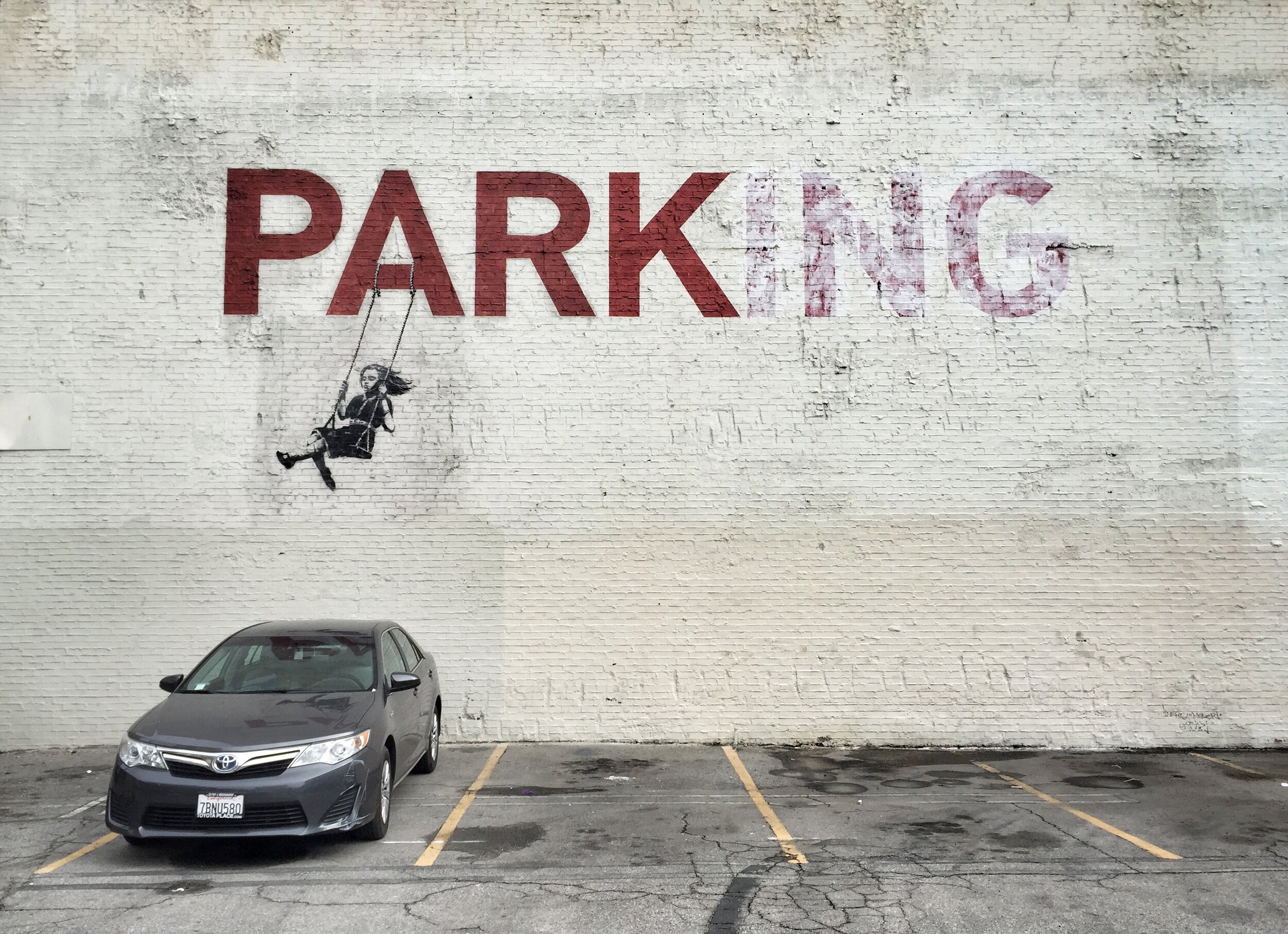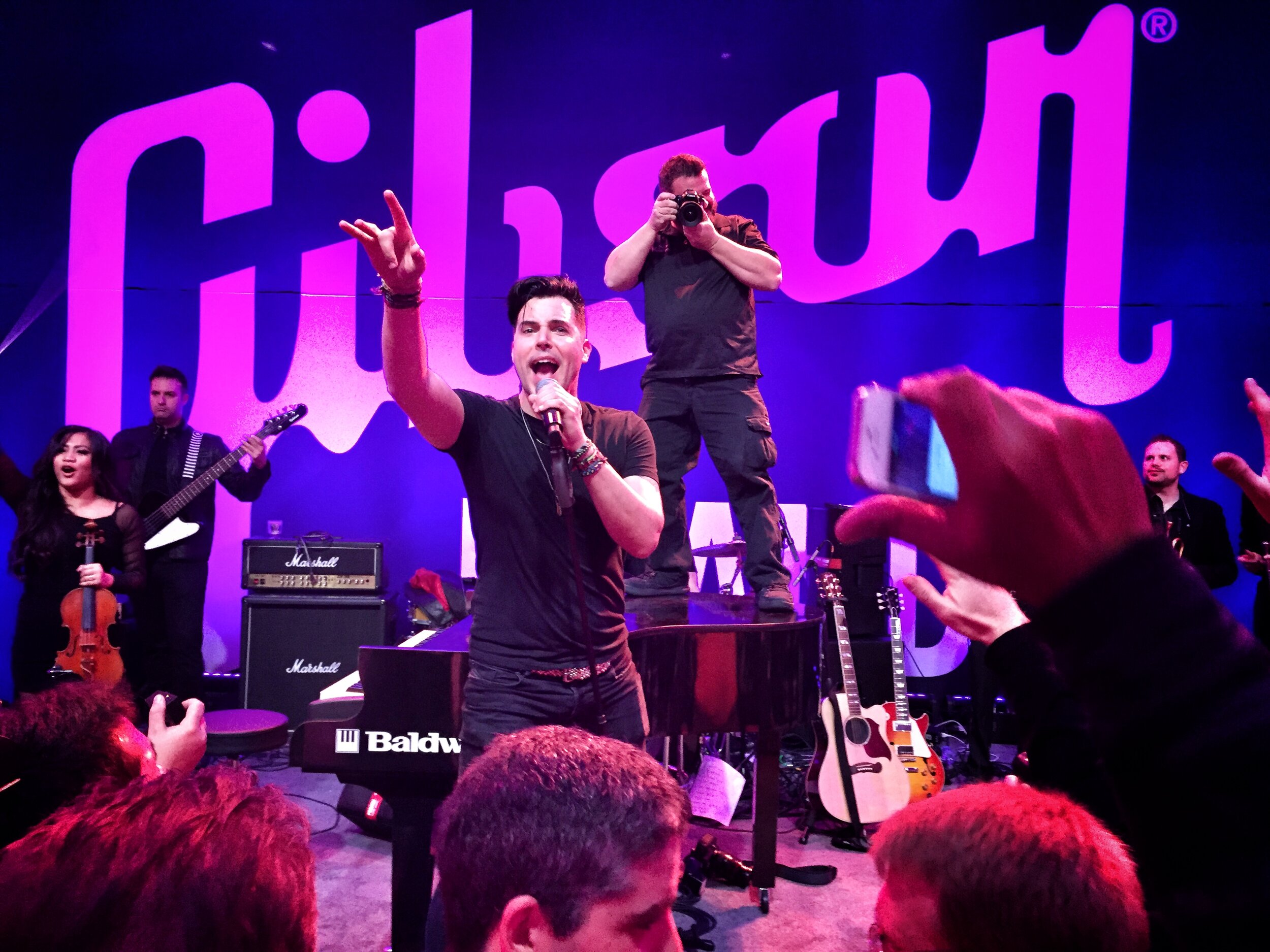Adam’s pretty average, but let’s not hold that against him as he also likes gin, Guns N’ Roses and fast cars, so he has his moments!
Adam’s life is timeless, but his relationship with the car isn’t. Everything above works in a given environment – the home, the office, leisure activities. Even a decade ago, Adam could take his digital life with him as smartphones began to offer him previously unknown freedom, but the car has always been a barrier to seamless digital activity.
Ten years ago Adam marvelled at in-car connectivity via Bluetooth audio. Now he lives in a world of Apple CarPlay and Android Auto offering additional messaging, navigation and audio integration – but it’s still a ‘hands-on’ environment, where distraction is more than discouraged – it’s illegal.
Adam loves listening to music in his car from the same point he left the house or office or sidewalk or transferring Google mapping to his vehicle for navigation short cuts, but the near-future promises a whole new chapter.
When we move from semi to fully-autonomous vehicles – at least Level 4, because the self-driving story doesn’t really begin until then – we’ll enter a new world of distraction and the closest thing to a time machine since Marty and Doc scorched the tarmac in their Delorean.
It’s very easy to get hung up on the technicalities of autonomous vehicles. Sounds obvious when you’re tasked with making that happen for clients and partners, right? It’s essential, but ultimately confusing for consumers as they don’t need to understand how the magic happens, but they MUST know the tech works and how it benefits them. The essential processing happens below the skin of each vehicle, but this technology empowers us as humans to maximise our potential above the surface.
Back to Adam and his time machine. As a box-ticking exercise, autonomous vehicles will help us to work, rest and play inside the vehicle we own, lease or summon on demand, but this isn’t new. The way we’ll engage with content and activities may be – via VR or AR experiences and user interfaces, with the support of AI assistants that interact with occupants to hunt and gather information, access key functions and streamline communication.
Adam’s initial response to a self-driving car is like his view that the development of AI will result in robots taking over our lives. Intelligent tech will initially replace the humans responsible for production lines and service industries. Naturally, the reaction to this is one of concern that “we’ll all be out of a job” – but the truth is we’ll be gifted time. Time to do what humans do best – to create, love, play, empathise and ultimately interact with one another.
Autonomous vehicles too will do what they do best – reduce accidents relating to fatigue, stress, distraction and a lack of information, improve efficiency and communicate directly with each other, along with the cities and road networks they inhabit. Ironically, the unknown random factor is the human when a mixture of AI and human drivers share road space.
Adam believes Uber drivers will lose out (he’s right) and he’s worried he’ll spend even more time working or staring at a screen – he’s wrong, because he’s forgetting about the improved quality time outside a vehicle.
And this is how the time machine works. If your car knows the fastest route to any given location and where everyone else is, you’ll gain more time in your world out of the vehicle. A regular two hour car journey could include traffic congestion, refuelling, route deviation and parking. Travelling door to door (including first and last mile) on the most efficient and least congested route could shave up to 25% off Adam’s travel time. So this becomes about quality of life gained ‘outside’ the vehicle as well as the interior experience.
The technology ‘just has to work’ (no pressure!) leaving us with the human – the most important piece of the autonomous puzzle.
I read a fascinating book recently ‘The Passengers’ by John Marrs, questioning the pace of development for autonomous vehicles. It didn’t put forward a case against them, but held authorities and manufacturers accountable for the security of the ‘hackable’ vehicle operating systems and the even bigger topic – ethical selection in the event of a road accident. Should the passenger or pedestrian take priority and why? I would highly recommend everyone working in the business of mobility should read this and apply the thinking to their current and future plans for autonomy.
Adam’s typical day revolves around technology. He doesn’t regard it as tech, it’s just there unless it stops working – then he’s all too aware of it. And the more seamlessly it works the better as Adam checks the temperature of his house whilst locking his smart door, walking to his car as he listens to his favourite podcast. His audio picks up where it left off when the vehicle awakens, charged and ready to go. He knew the charge level at a glance during his shower because it sits on the home screen of his smartwatch and the car already has his destination thanks to the Google route he planned on his phone.
This technology exists and is delivered when all the dots are joined, then the car journey begins. Currently, Adam interrupts his digital potential at this stage and concentrates on driving from start to finish. Any interaction happens on a truly functional level. Soon, the totally distracted ‘Autonomous Adam’ will have access to extraordinary experiences with integrated VR headsets (and ‘VR Hair’), projected AR and multiple interactive surfaces – but that creative potential can be explored another time because it is vast and exciting, not seamless and invisible.
So what do you do if you’re an auto brand hoping to appeal to Adam? How do you sell in the idea of a self-driving car? If Adam was 15 years younger, the chances are he’d never experience car ownership. It’s possible he wouldn’t ever touch a steering wheel – that would have been taken care of by relatives and Uber drivers. First steps into an autonomous vehicle would come naturally as there would be no real sense of loss of control or a sentimental yearning for a time when humans used to race away from the lights or ‘get the back end out’.
But Adam’s torn. He likes fast cars and loves driving, but he’s not in love with commuting or parking. He’s human and craves a relationship with a brand, a vehicle and relatable technology – and that requires a human touch.
This highlights an uncomfortable middle ground where the auto industry is moving towards digitalisation in almost every area. Online sales, virtual test drives, digital documentation and AI assistants. They all have their merits but aren’t the only future scenario, especially when introducing an audience to the concept of self-driving vehicles.
Adam – and everyone else yet to experience an autonomous journey needs first-hand demonstrations of the technology in action. Next steps beyond this will be peer-to-peer recommendation from those that have lived to drive another day following a demo. This conversion will only come from a physical experience, not a digital representation.
Tesla championed the pop-up showroom because it brought the brand to the people. Elon Musk has announced plans to close many of his physical stores and take all vehicle ordering online. This, at a time when Amazon is investing in bricks and mortar and Apple Stores go from strength to strength, may seem a bad idea. It would be for many other brands but Tesla is known for its innovation, groundbreaking technology and disruption of the market and they have a secret weapon – the Musk Factor.
Elon brings the human element to a brand in a way no other CEO has since the late Steve Jobs did for Apple. He provides the word of mouth reassurance of a friend or relative and down-to-earth language devoid of marketing spin or technological jargon, whilst injecting his vision of the future that makes us all feel part of the journey.
Before all the auto brands set off on a path to digitisation, they must win over their audiences in a physical world with personal relationships and exceptional service.
So for his first steps into the autonomous world, Adam needs reassurance, relevance and reality – but most importantly, he needs to feel human.
And as Doc Brown pointed out – where we’re going, we don’t need roads.
The original version of this article was published as ‘Autonomous Adam: A new chapter in the self-driving story’ on Arm’s Embedded blog.























